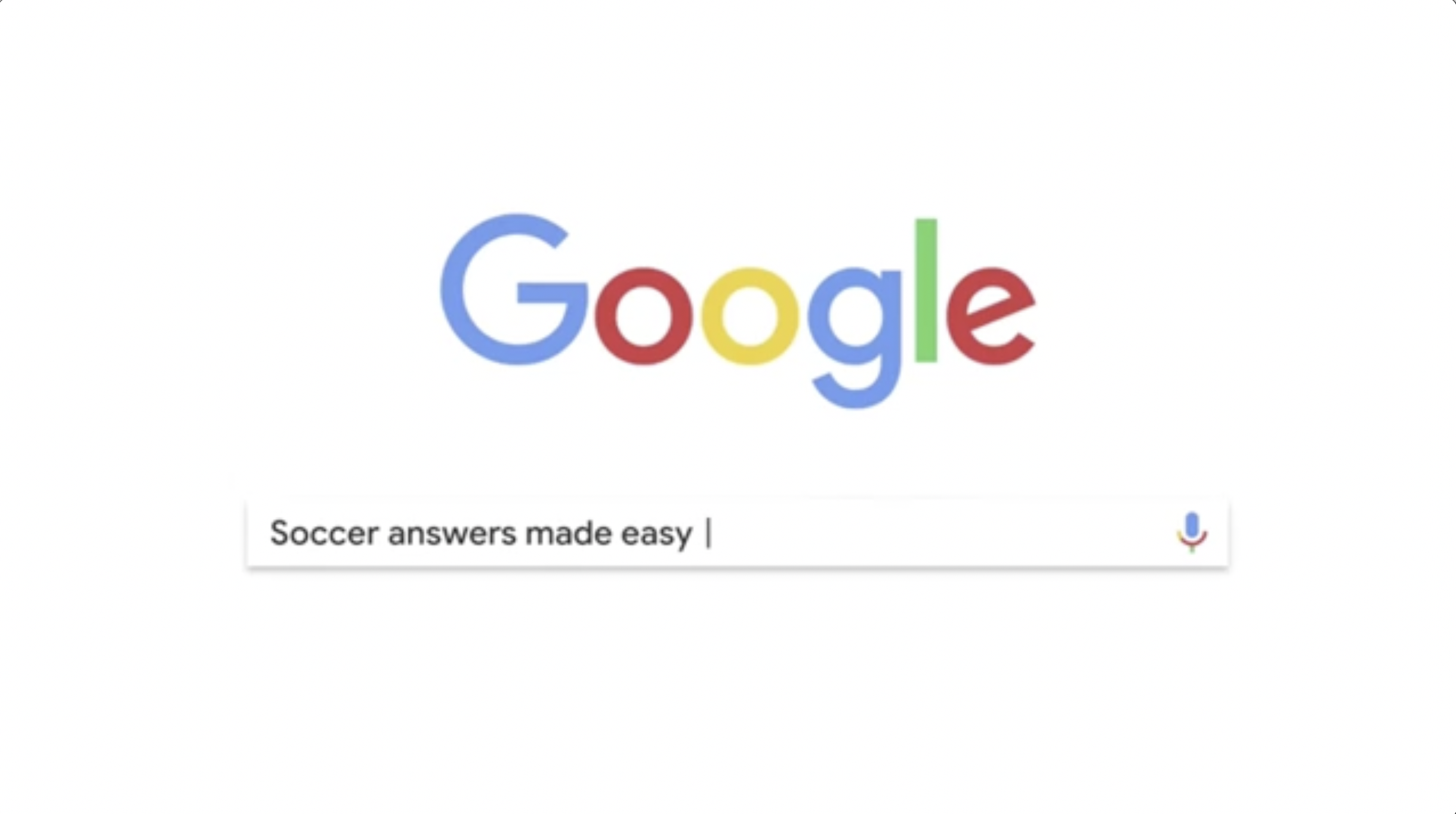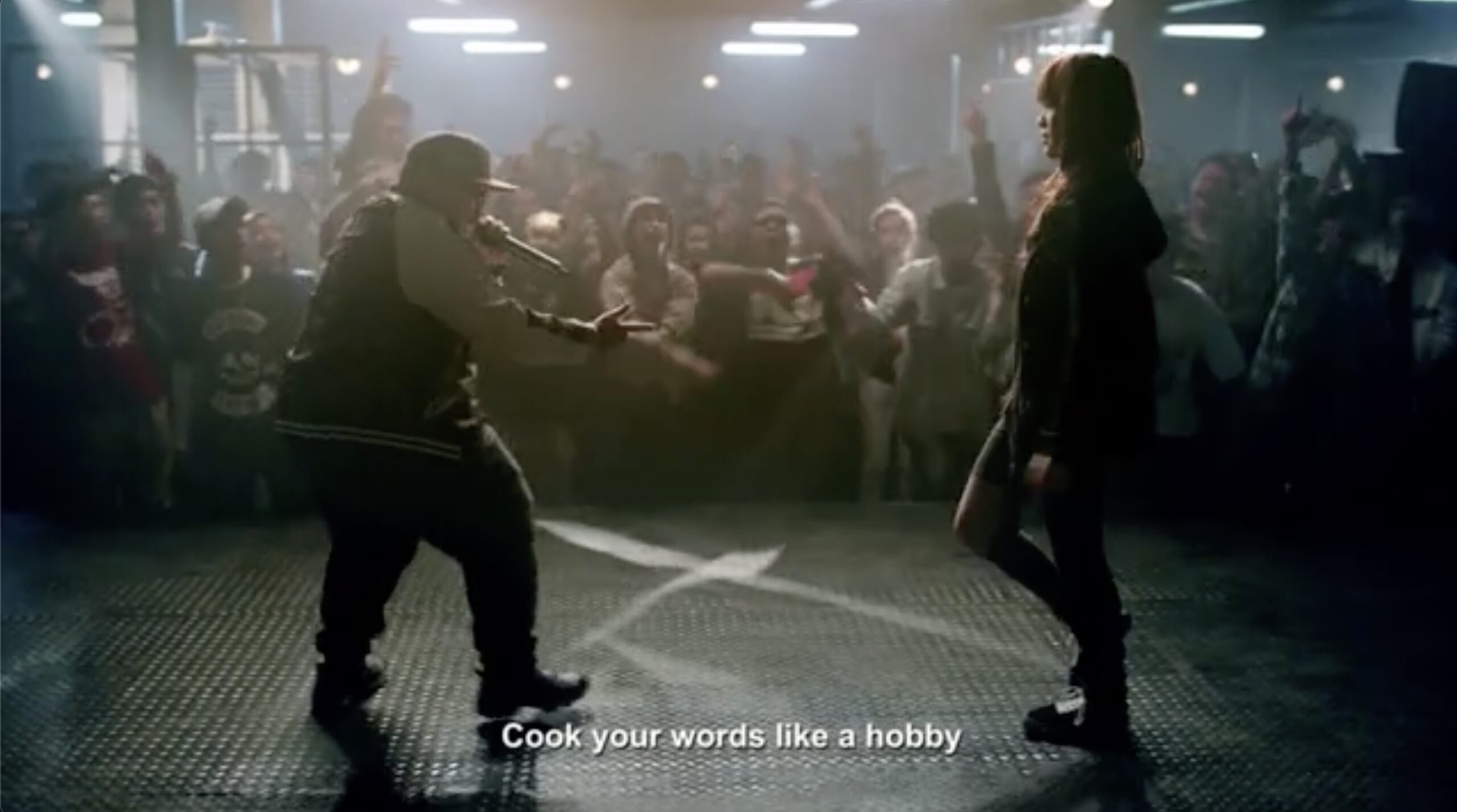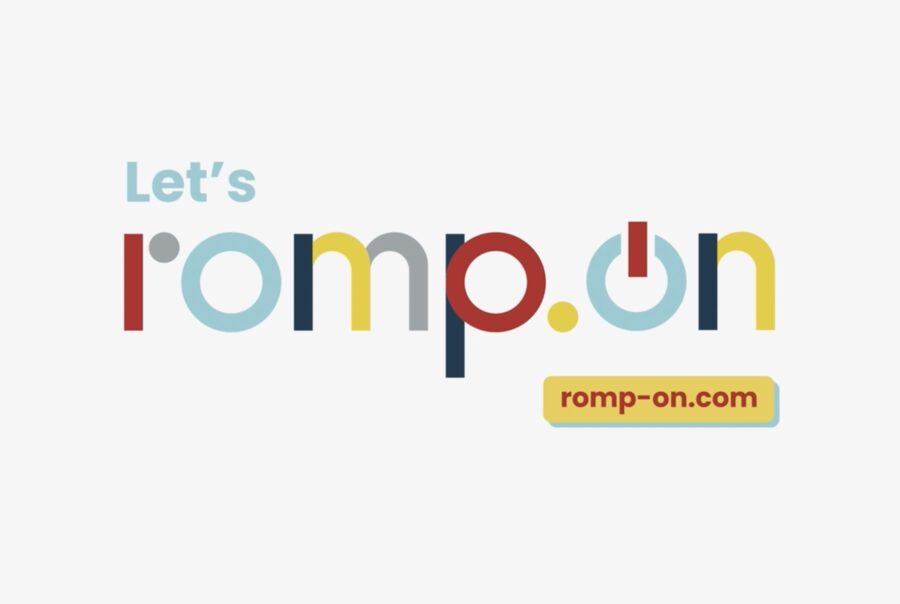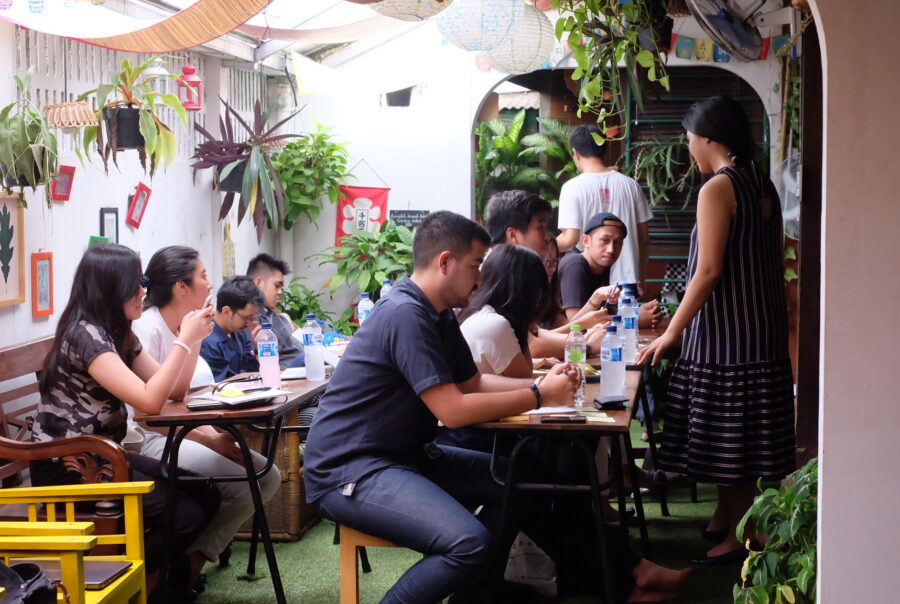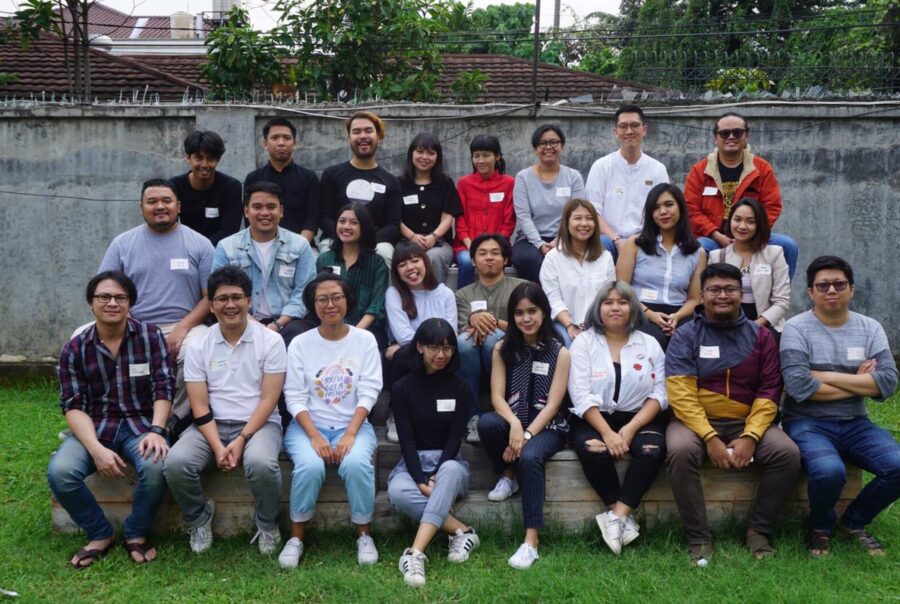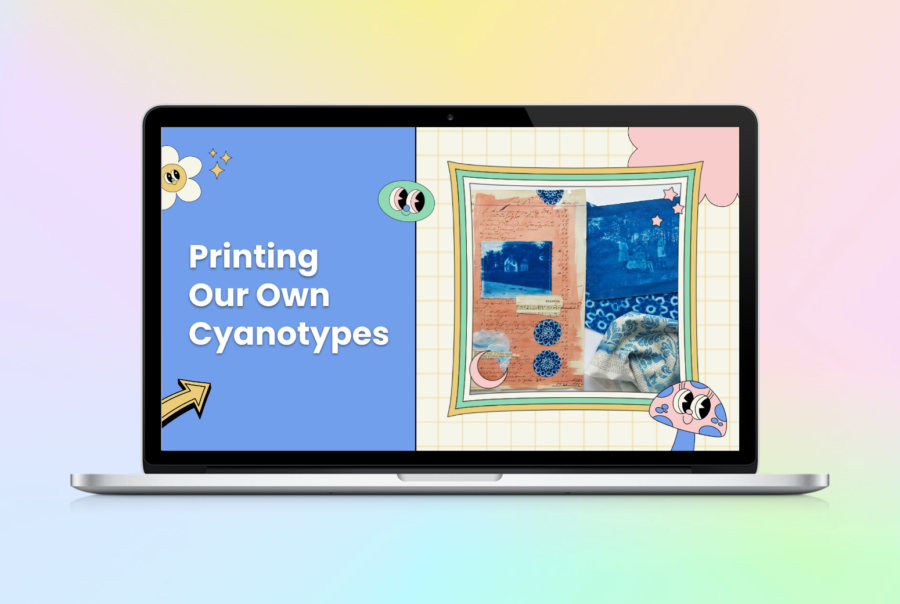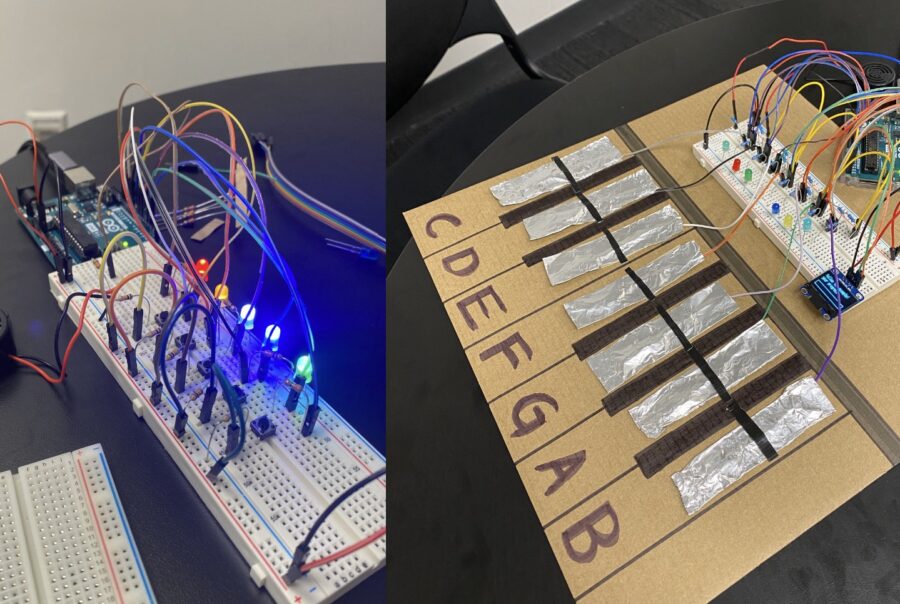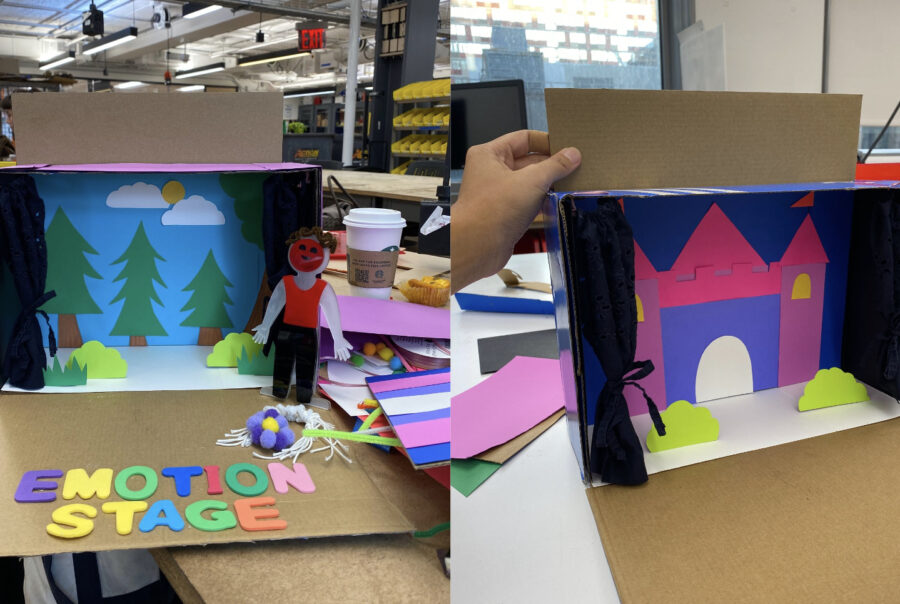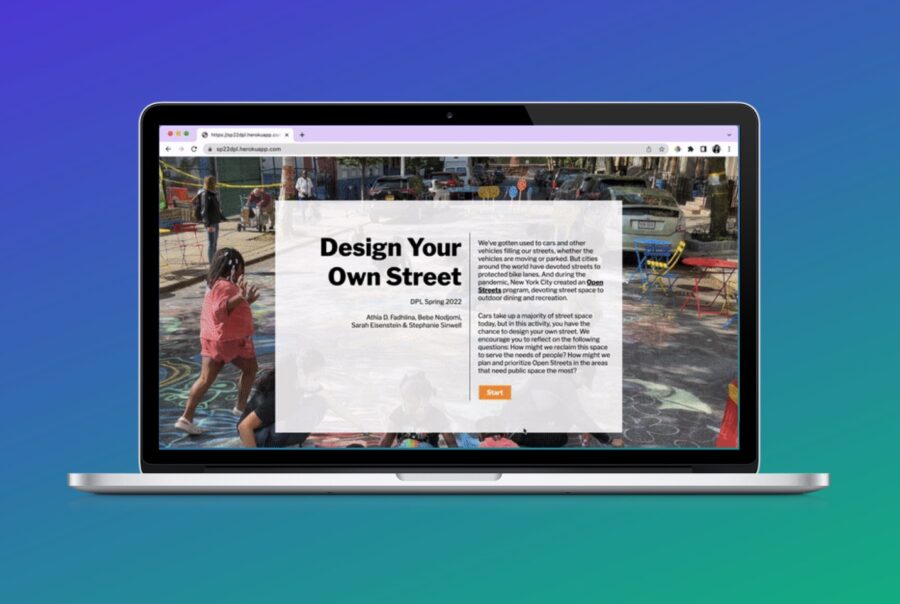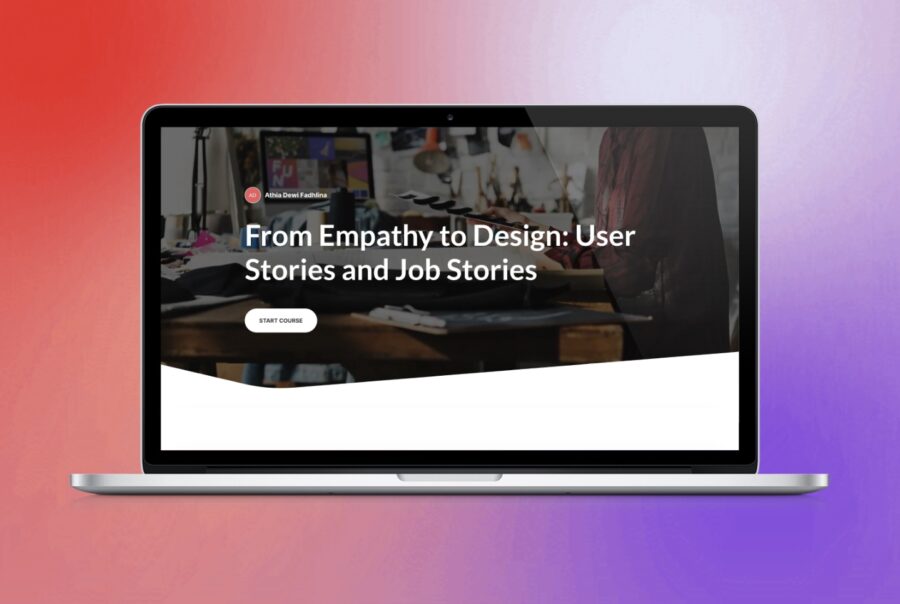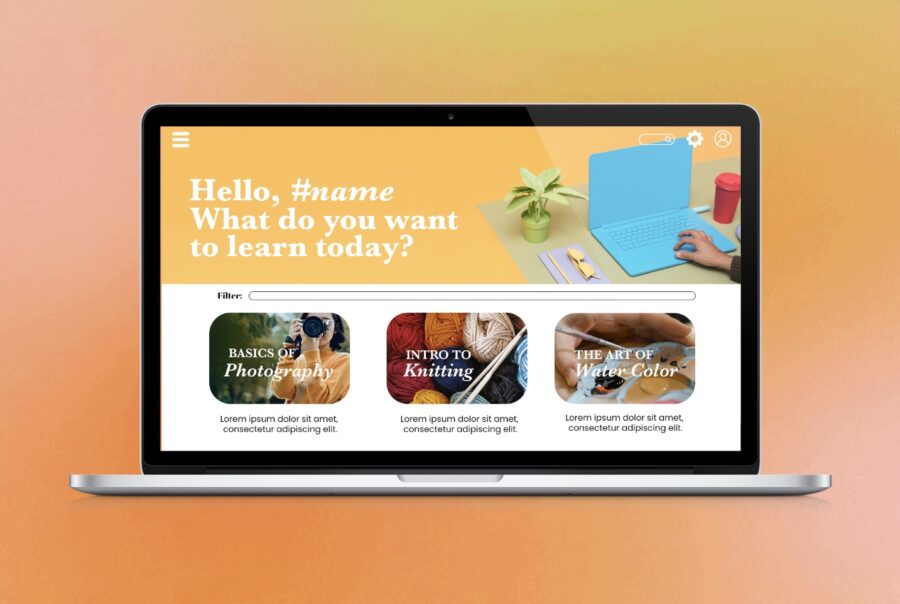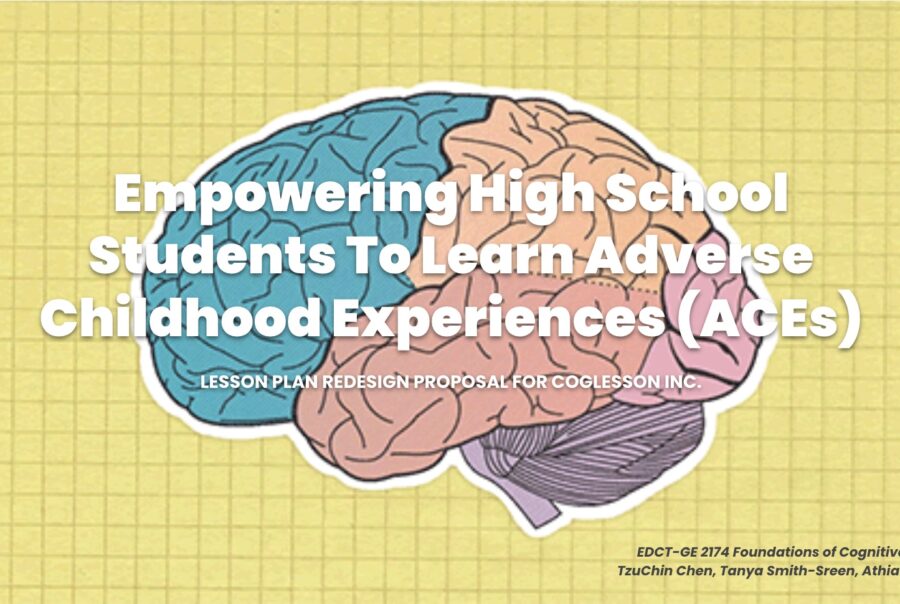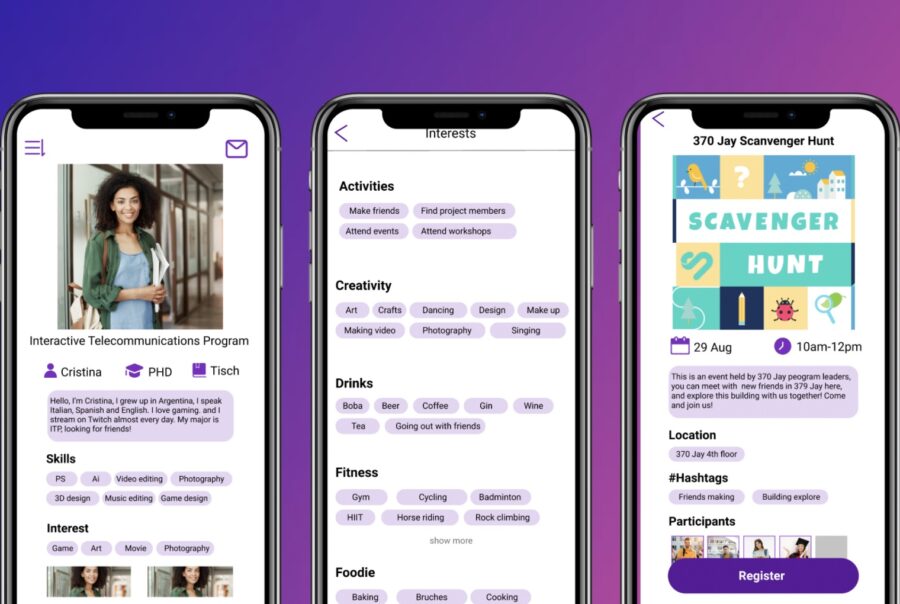Hi!
I'm Athia
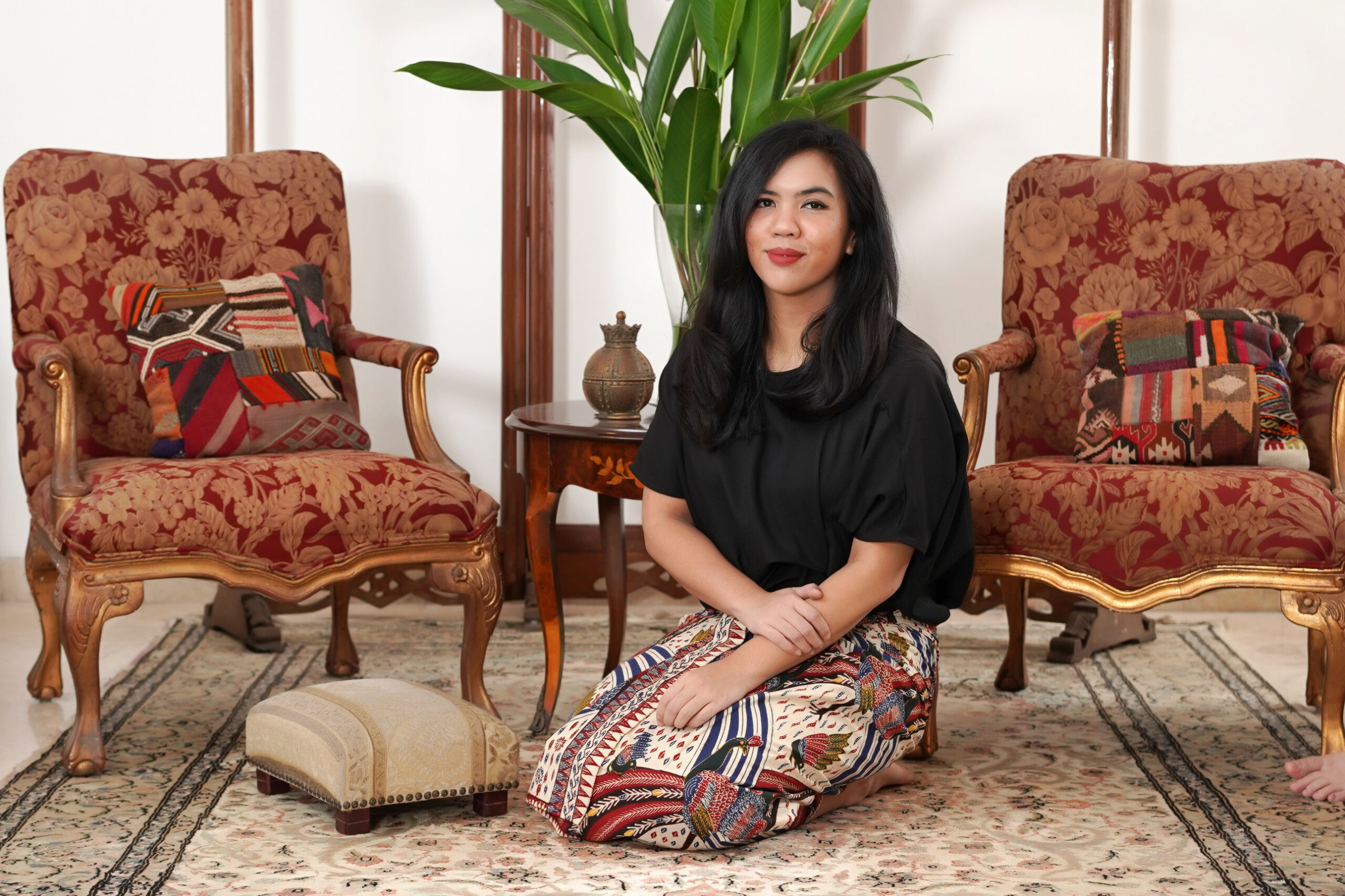
A Brand Strategist 🏹 Turned Learning Designer 🎨
in New York City 🗽
Me, in a nutshell:
Completed my master's degree in Learning Technology and Experience Design at NYU Steinhardt
Worked on developing curriculum and teaching middle school with MeshEd during the summer
Worked as a Senior Strategist at Romp Creative Agency in Jakarta, Indonesia
Worked as a Junior Strategic Planner to Senior Strategic Planner at MullenLowe Indonesia
Earned my double degree in Economics and International Business from the University of Indonesia and Rijksuniversiteit Groningen
ABOUT ME

Born and raised in Indonesia
Growing up, I have always been someone who enjoys dabbling with creativity. During my undergraduate years, I balanced my studies in Business and Economics with activities ranging from photography club, theatre to volunteering at arts events.
Upon graduation, I seek out to build a career where I'll be able to combine logic with magic - critical and lateral thinking, research and storytelling.
Two things I learned from being a brand strategist
Collaboration is key. Bringing ideas to life and solving real world problems requires people from various domains to work together. As a strategist, the most enriching part about my work is when I am able to learn from other experts - be it marketers, researchers, graphic to UI/UX designers.
“The life of the mind” is a joint effort. How we can grow, as people and as professionals when we share information, resources and talents with each other. That is why for the past few years, I have been actively seeking opportunities to speak in communities and engage in informal teaching on top of my daily routines.
I believe that beyond digital transformation, the future requires human transformation
My pivot towards educational technology began when I realize how our society has barely scratched the surface in utilizing digital media. For me, this begs the question: how are we supposed to take on the changing digital landscape of the future, if the people behind it are not equipped with the right skill sets and mindset?

In the future, I look forward to be able to combine my current studies and prior expertise to design a better learning experience, particularly in context revolving around informal education and adult learners.
PORTFOLIO
Professional Work
Selected past projects for both local and regional clients, where much of my role revolves around communication strategy and channel planning
Beyond Advertising
Projects that lies at the intersection between corporate and personal passion points, where I am able to explore build capabilities working with digital media
Knowledge Sharing
From crafting syllabuses, facilitating workshops to speaking at seminars – I am always keen on sharing what I know and learn with others
Academic Work
Projects that encompasses research, data visualization and design that were done throughout my journey of being an educational technology graduate student.

